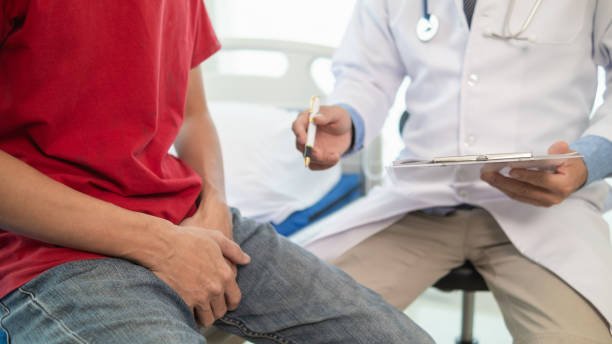Introduction
Testicular cancer is a relatively rare but highly treatable form of cancer that primarily affects young men between the ages of 15 and 35. Despite its rarity, testicular cancer is the most common cancer in men of this age group. Awareness and early detection are crucial for effective treatment and successful outcomes.
What is Testicular Cancer?
Testicular cancer occurs when abnormal cells in the testicles, the male reproductive glands located in the scrotum, begin to grow uncontrollably. The testicles are responsible for producing sperm and the hormone testosterone. Testicular cancer is categorized into two main types: seminomas and non-seminomas. Seminomas are generally slower-growing and more responsive to radiation therapy, while non-seminomas tend to grow and spread more rapidly.
Symptoms of Testicular Cancer
Early detection of testicular cancer greatly improves the chances of successful treatment. Common symptoms include:
- A lump or swelling in the testicle: This is often the first noticeable sign. The lump may be painless or accompanied by a dull ache.
- Heaviness in the scrotum: Some men may feel a sense of heaviness or dragging in the lower abdomen or scrotum.
- Pain or discomfort: This can occur in the testicle or scrotum, though not all cases involve pain.
- Back pain: Advanced stages of testicular cancer can cause lower back pain due to enlarged lymph nodes.
Risk Factors
While the exact cause of testicular cancer is unknown, several risk factors have been identified:
- Age: Most cases occur in men between 15 and 35 years old.
- Family history: Men with a family history of testicular cancer are at higher risk.
- Undescended testicle (cryptorchidism): Men who had an undescended testicle at birth are more likely to develop testicular cancer.
- Race and ethnicity: White men are at higher risk compared to men of other races.
Diagnosis
Diagnosis typically begins with a physical examination, during which a doctor will check for lumps or abnormalities. If cancer is suspected, further tests are conducted:
- Ultrasound: This imaging test uses sound waves to create a picture of the testicles, helping to identify the nature of any lumps.
- Blood tests: Certain proteins and hormones, known as tumor markers, can be detected in the blood and may indicate the presence of cancer.
- Biopsy and surgery: In some cases, the affected testicle may be surgically removed (orchiectomy) and examined to confirm the diagnosis.
Treatment Options
Treatment for testicular cancer depends on the type and stage of the disease, but common options include:
- Surgery: The primary treatment for most cases, involving the removal of the affected testicle. Lymph nodes may also be removed if the cancer has spread.
- Radiation therapy: Often used for seminomas, radiation targets and kills cancer cells.
- Chemotherapy: Drugs are used to kill cancer cells or stop them from growing. This is particularly effective for non-seminomas and advanced cancers.
Prognosis and Survivorship
Testicular cancer is one of the most treatable forms of cancer, especially when detected early. The survival rate is over 95%, and many men go on to live normal, healthy lives after treatment. Regular follow-up care is essential to monitor for any signs of recurrence.
Prevention and Self-Examination
While there is no sure way to prevent testicular cancer, regular self-examinations can help detect changes early. Men should check their testicles monthly, ideally after a warm shower when the scrotal skin is relaxed. Any lumps, swelling, or changes should be reported to a doctor immediately.
Conclusion
Testicular cancer, though rare, is a significant health issue for young men. Awareness, early detection, and prompt treatment are key to managing this disease effectively. By understanding the symptoms, risk factors, and treatment options, men can take proactive steps to safeguard their health. Regular self-examinations and medical check-ups can make a critical difference in early diagnosis and successful treatment outcomes.

